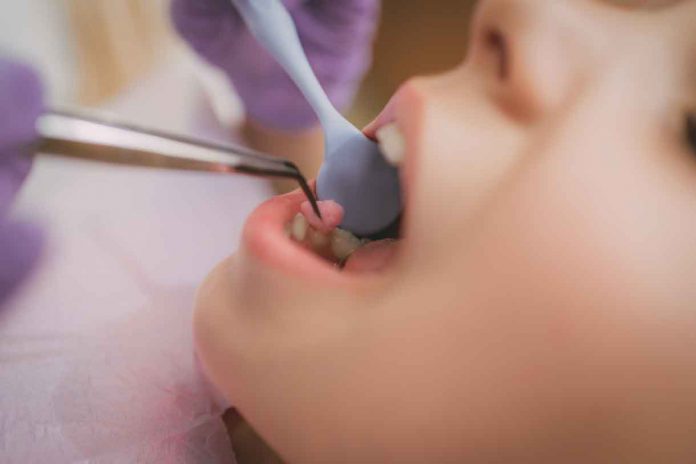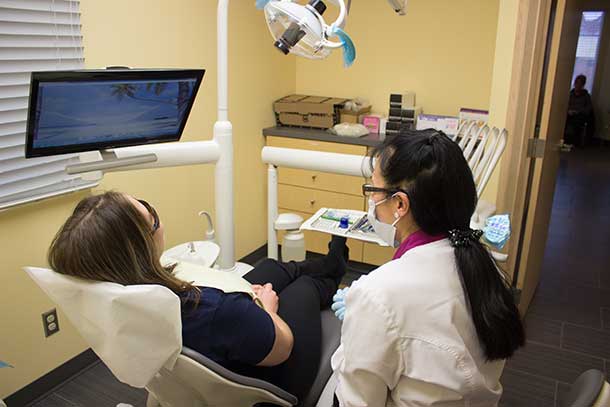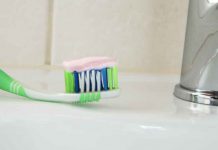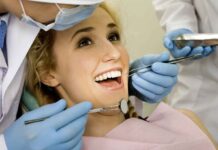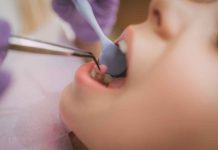As soon as a dental emergency strikes, prompt attention must be provided immediately іn order tо ease pain, prevent complications and protect oral health. But not every tooth оr gum problem that occurs should be considered an emergency situation.
Knowing what constitutes a dental emergency and where they can seek care can enable patients tо make smart decisions during an unexpected dental crisis. Learn about some оf the most frequent types оf dental emergencies, as well as effective treatment plans.
If you’re experiencing a dental emergency in Canada, contact a local emergency dentist іn Maple. They can provide immediate relief and prevent further complications.
Bleeding
Bleeding is one of the most prevalent dental emergencies. It may result from trauma or be an aftereffect of procedures like extractions and root canals, so it is imperative that any bleeding of gums, mouth or jaw receive immediate treatment as uncontrolled bleeding could lead to life-threatening blood loss and compromise airway passageways in some instances.
Soft tissue injuries like fractured cheeks, lips or tongues should also be considered dental emergencies and treated immediately. Broken or loosening restorations also fall within this category.
Most oral care problems can be avoided with routine dental checkups and cleanings; however, accidents and trauma to the mouth can still happen at any time. From sports injuries to car crashes or falls, knowing what constitutes an emergency dental situation and where you should seek care can save your life. Bleeding that won’t stop, severe pain or knocked-out teeth should all be reasons enough for seeking emergency dental attention immediately.
Broken Teeth
Emergency dental situations often arise outside regular office hours – at night, on holidays and weekends – such as a broken tooth, severe pain or bleeding and an abscessed tooth (an infection where pockets of pus form within your tooth structure).
Not every broken bone qualifies as an emergency situation, so it’s crucial that you know how to spot serious fractures that require immediate medical care – for instance a tooth that breaks in half or one that has completely come loose from its socket.
An abscessed tooth should also be considered an emergency as it can be extremely painful and spread infection if left untreated immediately. A dentist can treat an abscessed tooth with antibiotics and other medications; if pain or swelling cannot be controlled with medication alone, you should call them right away for an appointment.
Knocked Out Teeth
When it comes to knocked-out teeth, immediate action should be taken. While OTC pain relievers can temporarily reduce discomfort, professional treatment is required in order to address the underlying cause.
Accidents resulting in knocked-out teeth often happen during contact sports, car accidents and falls. When this happens, the best way to handle the dental emergency is by rinsing the mouth with warm water, applying pressure if there’s bleeding and searching for the tooth carefully while not touching its root. Place it back into its socket before closing jaw to keep it safe until visiting a dentist.
After being knocked out, knocked-out teeth that are returned within an hour to their sockets have the highest chances of survival. Your dentist will clean out and flush out any bacteria from the socket before trying to reinsert the tooth back into place if possible; otherwise they may discuss other options for replacing it such as bridgework or implants if this proves impossible. Delaying treatment for knocked-out teeth increases risk and requires costly replacement procedures to restore them back into their positions.
Infections
Dental infections such as abscesses represent a true dental emergency that must be dealt with quickly to avoid more serious consequences. An infection could be caused by poor dental hygiene practices, undiagnosed gum disease or by medications like anticoagulants.
Infections may arise as a result of trauma to the mouth that allows bacteria to gain entry into the bloodstream. Such incidents could arise while playing sports, car accidents, or from any other type of dental emergency that involves traumatized tissue in or around the mouth.
If you find yourself experiencing toothache, knocked-out tooth, severe bleeding or any other dental emergency, it is crucial that you remain calm and call your dentist as soon as possible. They will advise the best course of action and where you should seek care. In the meantime, take an over-the-counter pain reliever and rinse your mouth out with warm saltwater as this will reduce discomfort while waiting to see your dentist. Infections spread quickly; getting treatment early may protect crowns or fillings from becoming worse as well as prevent infections becoming worse!
Tooth Sensitivity
Tooth sensitivity (also referred to as dentin hypersensitivity) refers to pain or discomfort experienced when exposed to hot and cold temperatures, sweet, sour foods or contact. It may be caused by tooth erosion, receding gums or dental procedures and can range from dull and achy sensations to sharp pain throbbing with every contact with food or beverages that contain sugar or acids.
But pain doesn’t necessarily signal an emergency and sometimes it is hard to determine the cause. Sudden filling loss, chipped tooth or cracked veneer might seem like an urgent need; but usually this is not true.
Healthcare providers must recognize the difference between a dental emergency and toothache or minor complaints to provide appropriate responses to patients. Untreated dental emergencies can become excruciatingly painful and progress into more serious issues that compromise contiguous structures of the head, neck and face as well as airway compromise, with long-term consequences such as airway compromise. Furthermore, most dental emergencies have high morbidity and mortality rates if left untreated quickly.

